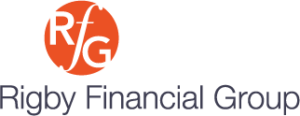
This year our country celebrated its 244th birthday. As Abraham Lincoln put it, our nation was “conceived in liberty,” and I started thinking about liberty, independence, and what those words, those concepts, really mean as part of our lives.
Some people take liberty and independence as an opportunity – even perhaps a requirement – to disconnect from other people. Certainly, they are allowed that choice.
But choice is an integral part of liberty, and we don’t lose our liberty, or our independence, when we choose to connect. Independence and interdependence are not mutually exclusive, because neither can be made absolute in our lives.
Because the rights of liberty come with responsibilities. To offer others what we’d like to receive ourselves – courtesy, truthfulness, trustworthiness. Love. Dignity. Support in adversity, genuine happiness in others’ good fortune. Gratitude.
I have every reason to be grateful on this earth; the deliberate practice of gratitude is something I try to make part of my daily life. Sometimes I fall short, but I make the effort. And I find that, when I succeed at counting and appreciating my blessings, love, courtesy, honesty and the rest of it come much more easily.
As important as I think gratitude is, its greatest gift might be the way it enables other states of being, other practices which make life beautiful.
So, let’s choose to be both interdependent (because we all are, in reality) and independent (because freely chosen lives are our birthright as Americans). Let’s choose this because it just makes life better, for ourselves and for others.
How do you balance independence with interdependence?
Please click here to email me directly – I would love to know your thoughts and experiences on this topic.
Until next Wednesday –
Peace,
Eric






